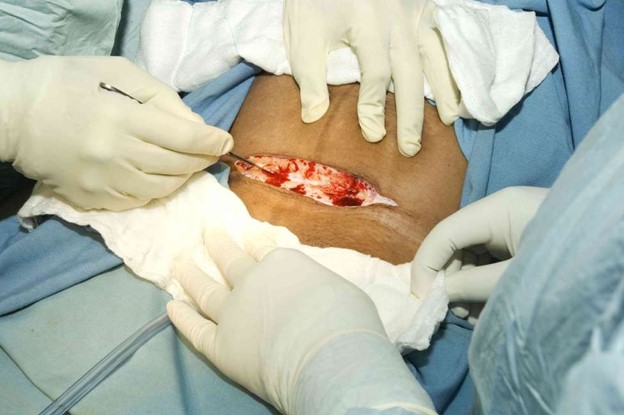A nurse is preparing to give change-of-shift report to the oncoming nurse. Which of the following information should the nurse include?
Medical diagnosis.
Number of visitors.
Routine care.
Expected laboratory results.
The Correct Answer is C
A bone scan that is scheduled for today. The nurse should include this information in the change-of-shift report because the oncoming nurse might have to modify the client’s care to accommodate leaving the unit.
Choice A is wrong because the client’s input and output for the shift are routine data that can be found in the client’s chart and do not need to be verbally reported.
Choice B is wrong because the client’s blood pressure from the previous day is not relevant to the current condition of the client and does not reflect any changes or interventions.
Choice D is wrong because the medication routine from the medication administration record is also routine data that can be accessed by the oncoming nurse and does not indicate any special needs or concerns.
Nursing Test Bank
Naxlex Comprehensive Predictor Exams
Related Questions
Correct Answer is B
Explanation
Has a vocabulary of four words. This is because a 24-month-old toddler should be able to speak about 50 or more words and use simple phrases. Having a vocabulary of only four words indicates a significant delay in speech and language development that should be reported to the provider.
Choice A is wrong because drawing a circle is a normal fine motor skill for a 24- month-old toddler.
Choice C is wrong because jumping with both feet is a normal gross motor skill for a 24-month-old toddler.
Choice D is wrong because weighing 12 kg (26.5 Ib) is within the average range for a 24-month-old toddler.
Correct Answer is B
Explanation
Prepare the client for a cesarean birth.

This is because the client has herpes simplex virus with active lesions, which can be transmitted to the newborn during vaginal delivery and cause serious complications such as neonatal herpes infection. A cesarean birth can prevent this transmission and protect the newborn’s health.
Choice A is wrong because an amnioinfusion is a procedure that involves infusing fluid into the amniotic cavity to increase the volume of amniotic fluid and reduce cord compression.
It is not indicated for a client with herpes simplex virus with active lesions.
Choice C is wrong because ampicillin is an antibiotic that is used to treat bacterial infections, not viral infections such as herpes simplex virus.
Ampicillin will not prevent the transmission of herpes simplex virus to the newborn.
Choice D is wrong because oxytocin is a hormone that stimulates uterine contractions and can be used to augment or induce labor.
It is not indicated for a client with herpes simplex virus with active lesions, as it can increase the risk of transmission to the newborn by prolonging the exposure to infected genital secretions.
Whether you are a student looking to ace your exams or a practicing nurse seeking to enhance your expertise , our nursing education contents will empower you with the confidence and competence to make a difference in the lives of patients and become a respected leader in the healthcare field.
Visit Naxlex, invest in your future and unlock endless possibilities with our unparalleled nursing education contents today
Report Wrong Answer on the Current Question
Do you disagree with the answer? If yes, what is your expected answer? Explain.
Kindly be descriptive with the issue you are facing.
